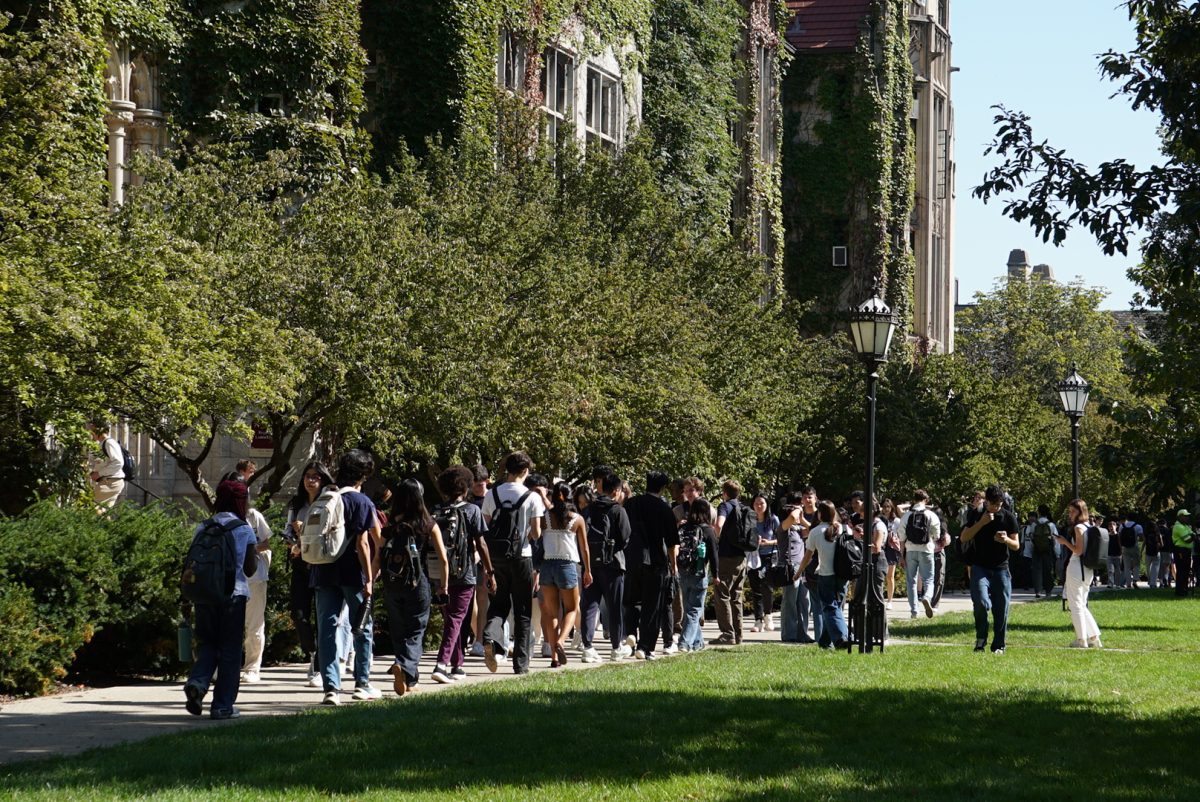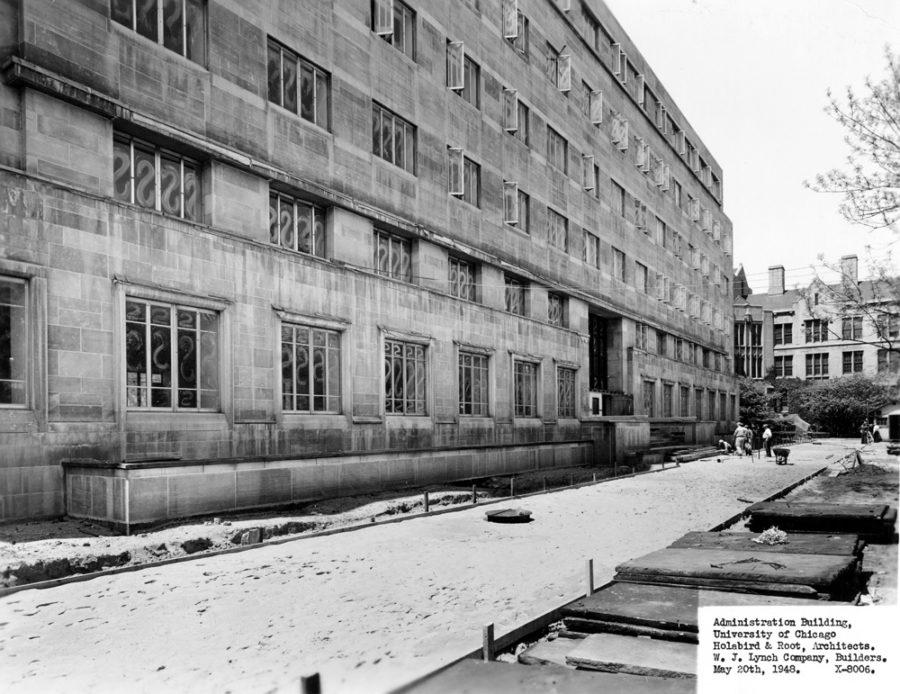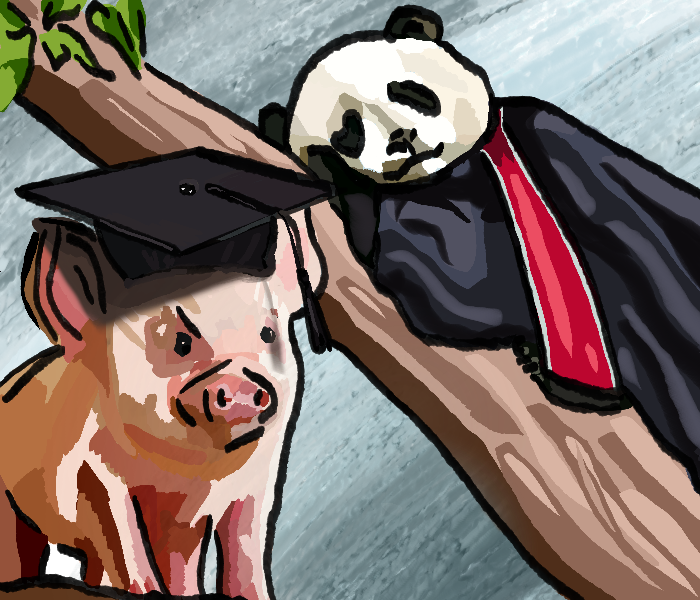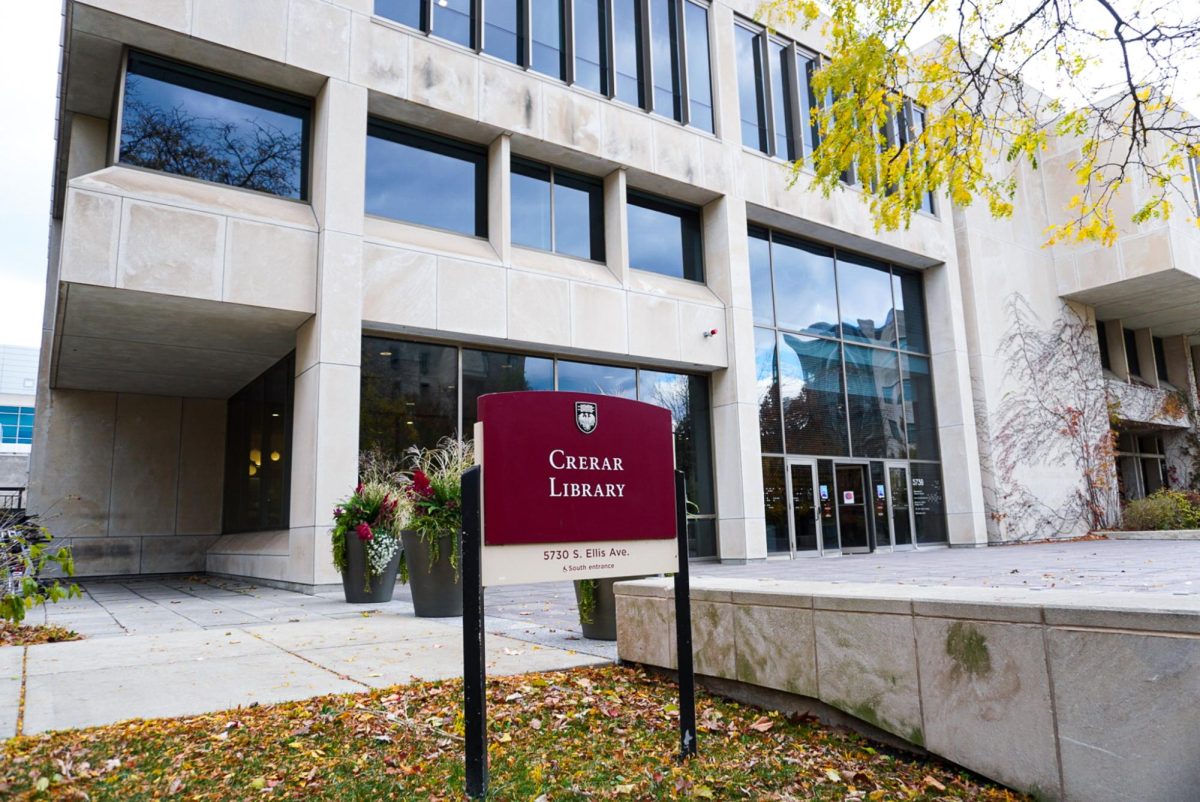The front lines in the War on Terror do not run through Abbottabad; they run through the streets of Cairo and Algiers, the hollowed-out buildings of Misurata, and the besieged Syrian cities of Deraa and Homs. These unprecedented uprisings against what can only be described as state terrorism have, in the course of only a few months, smashed the old presuppositions that have governed discourse on the region for the past decade. The intellectual charlatans who assured us that democracy was “not fit” for the Muslim world, that despotic and illegitimate regimes could be “accepted” as an equally valid form of government, now find their entire worldview collapsing right on their television and computer screens, where waves of demonstrators are seen brandishing placards in front of the cameras: “Down with the dictator!” Students of Samuel Huntington’s “Clash of Civilizations” thesis are at a loss to explain not only why the demonstrators have asked the world to confront their own governments, but why, in the case of Libya, they have even pled to NATO for direct military intervention.
But as old myths are shattered, new ones take their place. While it is now common to refer to these events as an “Arab Revolution,” this designation sidelines and silences the struggling protest movement in Iran, a movement no less persecuted and repressed than its Arab counterparts.
On February 14th, three days after the ouster of Hosni Mubarak, the opposition in Iran organized a large demonstration in solidarity with the Egyptian and Tunisian revolutions. Ironically, before the rally, the Iranian government had been making rhetorical gestures in support of the revolutions—for purely cynical, political reasons, of course. In a logically seamless transition, that demonstration against autocracy in Egypt and Tunisia quickly turned into a protest against the regime at home, and in its aftermath some 15,000 demonstrators were arrested. Thus the Iranian chapter of the Jasmine Revolution, the country’s largest set of protests since the summer of 2009, was inaugurated.
However, during the crucial months of February and March, the media focused intently on only a select few countries, such as Yemen and Libya, to the exclusion of simultaneous revolts in Iran, as well as in Algeria, Sudan, Djibouti, Iraq, and elsewhere. As a result, the world gradually began to lose interest in the Iranian security service’s lethal crackdown on dissidents during this period. If parallel events in the Arab world are any guide, the attention of global media—particularly the Al Jazeera network, as well as English-language outlets—is the lifeline of these uprisings. It was not the use of violence, internal or external, that forced the Ben Ali and Mubarak regimes to resign, but rather a unanimous chorus of pressure from the 21st-century conscience of the world. In Libya, where the world’s longest-ruling dictator made it perfectly clear that he would defend his throne by any means necessary, media pressure forced major governments to form policy decisions within the space of a mere few weeks. The same success won’t be realized in Iran so long as there are no cameras and no audience.
To be sure, there have been other obstacles to the success of the Iranian protests, owing to Iran’s unique internal dynamics. Unlike virtually all of the Arab despots facing removal, the Iranian regime actually has a large minority base of support, owing significantly to the strategic use of state subsidies to buy off the rural population. While Mahmoud Ahmadinejad almost certainly did not win the 2009 election, even opposition members concede that he likely got somewhere in the vicinity of 30 to 40 percent, an unlikely feat for a Ben Ali or Mubarak. It is also significant to note that the foundation of the Iranian regime, the system of Islamic “guardianship” erected by Khomeini after the 1979 revolution, is a sophisticated institution whose importance goes beyond any one individual (except perhaps Khomeini himself). As a result, the Iranian opposition is not entirely united on who, or what, it is fighting against: Is the trouble with Ahmadinejad, with Supreme Leader Khamenei, or with the whole system itself? Again, this is in stark contrast to the revolts in the Arab world, all of which were sparked by grievances that could be nicely embodied in a man and a face.
Given these circumstances, what should be the U.S. policy toward Iran?
First, the United States should make human rights in Iran a larger priority, relative to other issues such as nuclear proliferation and terrorism. While these last two threats certainly merit our attention, it is quite clear that U.S. engagement with the Iranian regime on both tracks have failed. While acceptance and diplomacy with the Iranian regime was worth a try, it is now painfully clear that its leaders—who must actively promote a climate of paranoia and anti-Americanism in order to coerce support—are not interested in amicable relations with the West, even on the basis of so-called “security guarantees” or other multilateral concessions. Reform or peaceful regime change must now underscore our Iran strategy.
Second, the US must actively promote unity among the Iranian opposition. Broad sanctions on civilian economic activity may or may not be a justifiable tactic in exerting pressure on the regime, but they are sure to divide and weaken the Iranian democracy movement, and therefore should not be pursued. This also applies to military strikes against Iranian targets.
Thirdly, broader and more public avenues of communication between the United States and the Iranian opposition must be opened. Both sides need to consolidate their voices and make their positions clear to one another in order to foster a productive relationship in the coming years. The U.S. remains relatively quiet about the suppression of pro-democracy activities in Iran, compared to its frequent denunciations of the Arab regimes, many of which are ex-allies. The conjecture that a public display of support from the U.S. is toxic and would compromise any dissident movement has been thoroughly discredited by events in Libya, where the rebels were emboldened, not weakened, by U.S. support.
Finally, the U.S. should honor the demands and requests of the opposition, instead of simply using them as convenient geopolitical bargaining chips. One of the main factors that contributed to the success of the intervention in Libya was that it received the stamp of approval from the National Transition Council, the interim government of the rebel forces; without this certificate of popular consent, the wisdom of such an intervention would have been questionable. In other words, our attitude should not be to ask ourselves, “What should we do?” but rather to ask the Iranian opposition, “How can we help?”
In the end, the circumstances suggest that Iran will not succumb to a quick Tahrir-style revolution, but this is not necessarily a cause for dismay. Iran’s pro-democracy movement, much like the anti-Communist opposition in Eastern Europe during the Cold War, will be a chronic thorn in the regime’s side for many years to come, and will only emerge victorious with the passage of time. When it does, it will remember who its friends were. The international community sits on the sidelines at its own expense.
Chase Mechanick is a third-year in the College majoring in political science.






